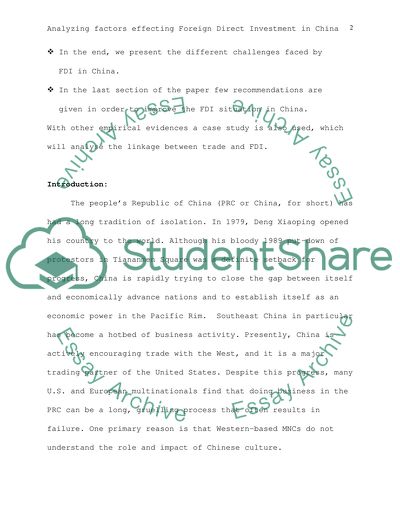Cite this document
(“Analysing factors effecting Foreign Direct Investment in China Essay - 1”, n.d.)
Analysing factors effecting Foreign Direct Investment in China Essay - 1. Retrieved from https://studentshare.org/macro-microeconomics/1535798-analysing-factors-effecting-foreign-direct-investment-in-china
Analysing factors effecting Foreign Direct Investment in China Essay - 1. Retrieved from https://studentshare.org/macro-microeconomics/1535798-analysing-factors-effecting-foreign-direct-investment-in-china
(Analysing Factors Effecting Foreign Direct Investment in China Essay - 1)
Analysing Factors Effecting Foreign Direct Investment in China Essay - 1. https://studentshare.org/macro-microeconomics/1535798-analysing-factors-effecting-foreign-direct-investment-in-china.
Analysing Factors Effecting Foreign Direct Investment in China Essay - 1. https://studentshare.org/macro-microeconomics/1535798-analysing-factors-effecting-foreign-direct-investment-in-china.
“Analysing Factors Effecting Foreign Direct Investment in China Essay - 1”, n.d. https://studentshare.org/macro-microeconomics/1535798-analysing-factors-effecting-foreign-direct-investment-in-china.


